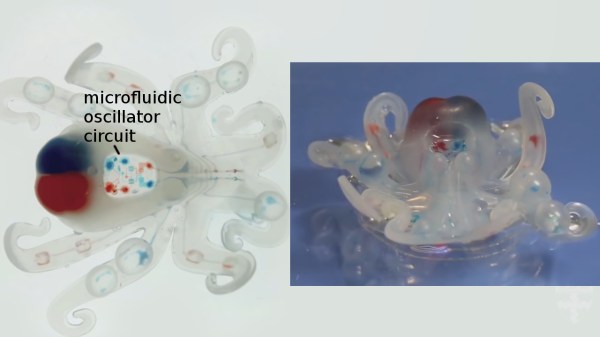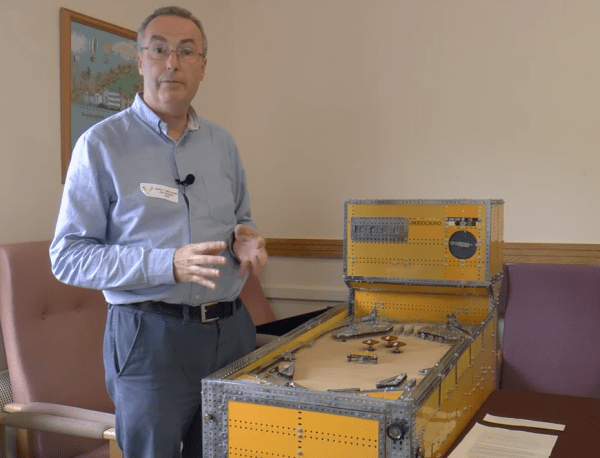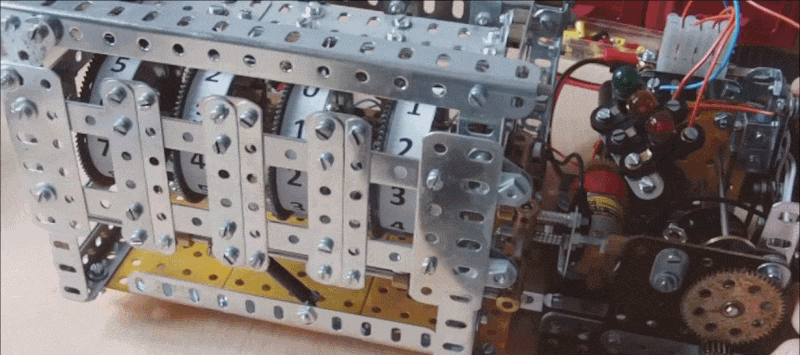Over the last few years, powerful brushless motors have become very cheap, batteries have become very powerful, and the world of quadcopters has brought us very capable electronic speed controls. Sounds like the perfect storm for a bunch of electric bike hacks, right? That’s what [bosko] is doing for his Hackaday Prize Entry. He’s building an e-bike with a big motor and an electronic dashboard, because a simple throttle switch would never do.
There are two parts to [bosko]’s bike, with the front brain box consisting of GPS, an OLED display, analog throttle, and a few wireless modules to connect to the other half of the system under the seat.
The drive section of this e-bike is as simple as it gets. It’s just a big brushless outrunner motor suspended directly above the rear tire, without any other connection. [bosko] has gone with the simplest power transmission system here, and is slightly wearing out the rear tire in the process. It works, though, and a few of the commentors over on Hackaday.io say it reminds them of the French Solex bike. We’re thinking this bike is more of what a riquimbili would be if Hobby King had a Cuban warehouse, but it seems to work well for [bosko] and is a great entry to the Hackaday Prize.






















